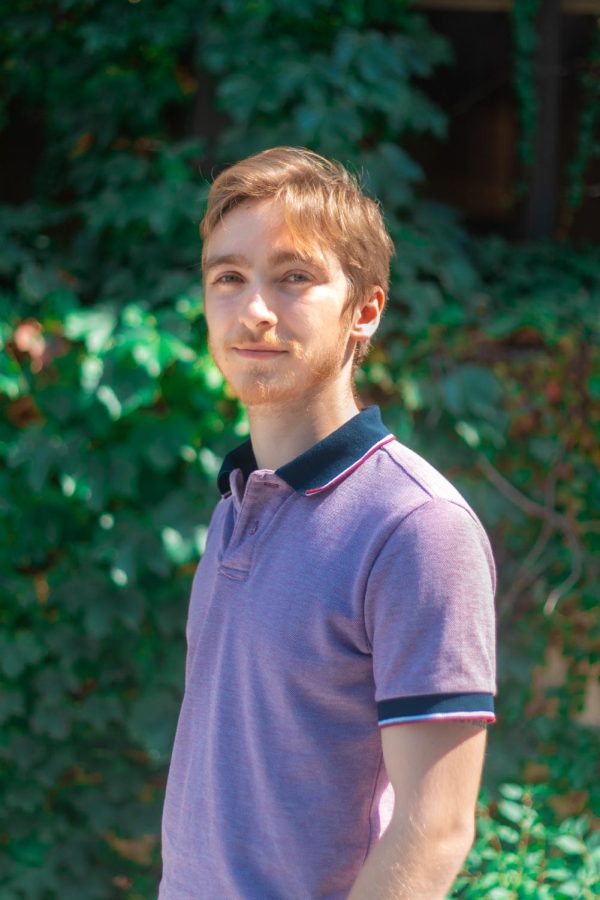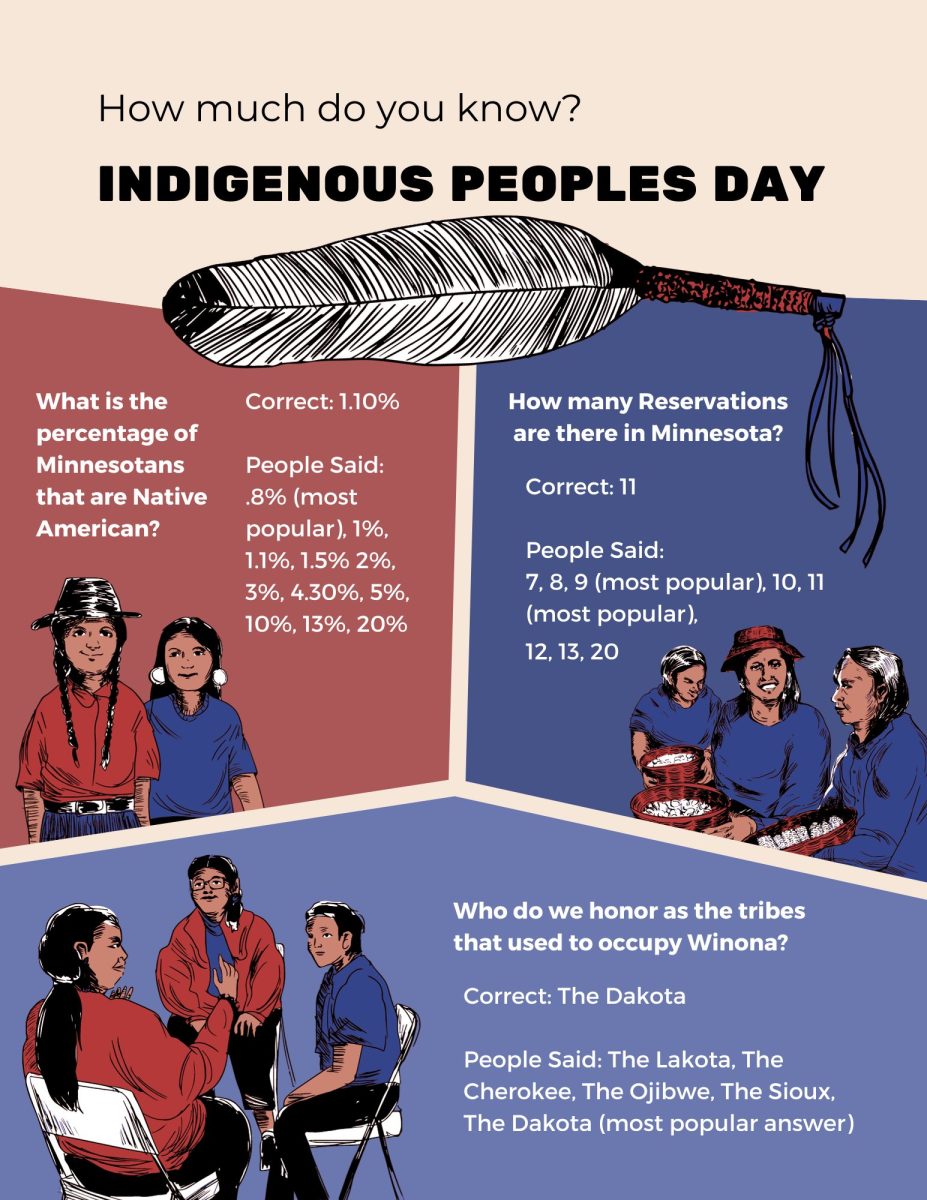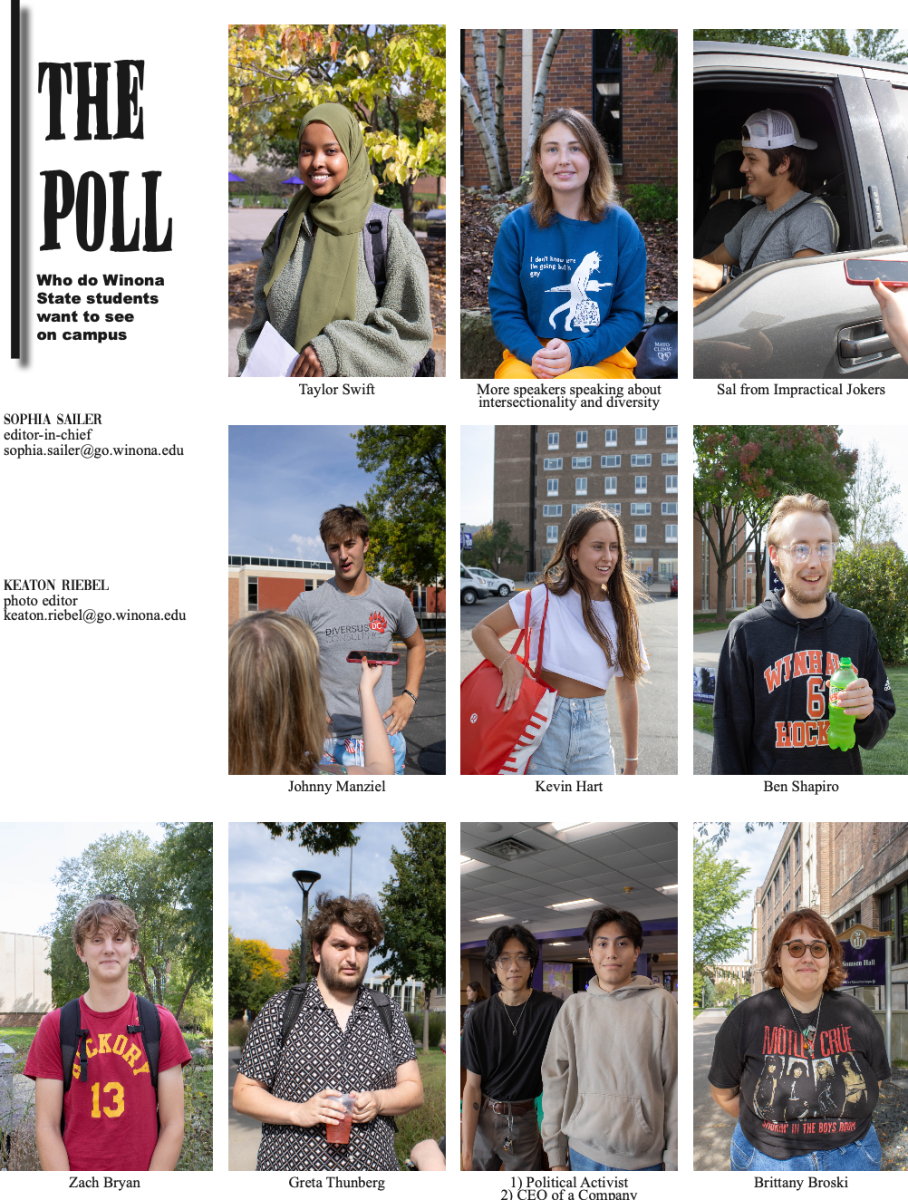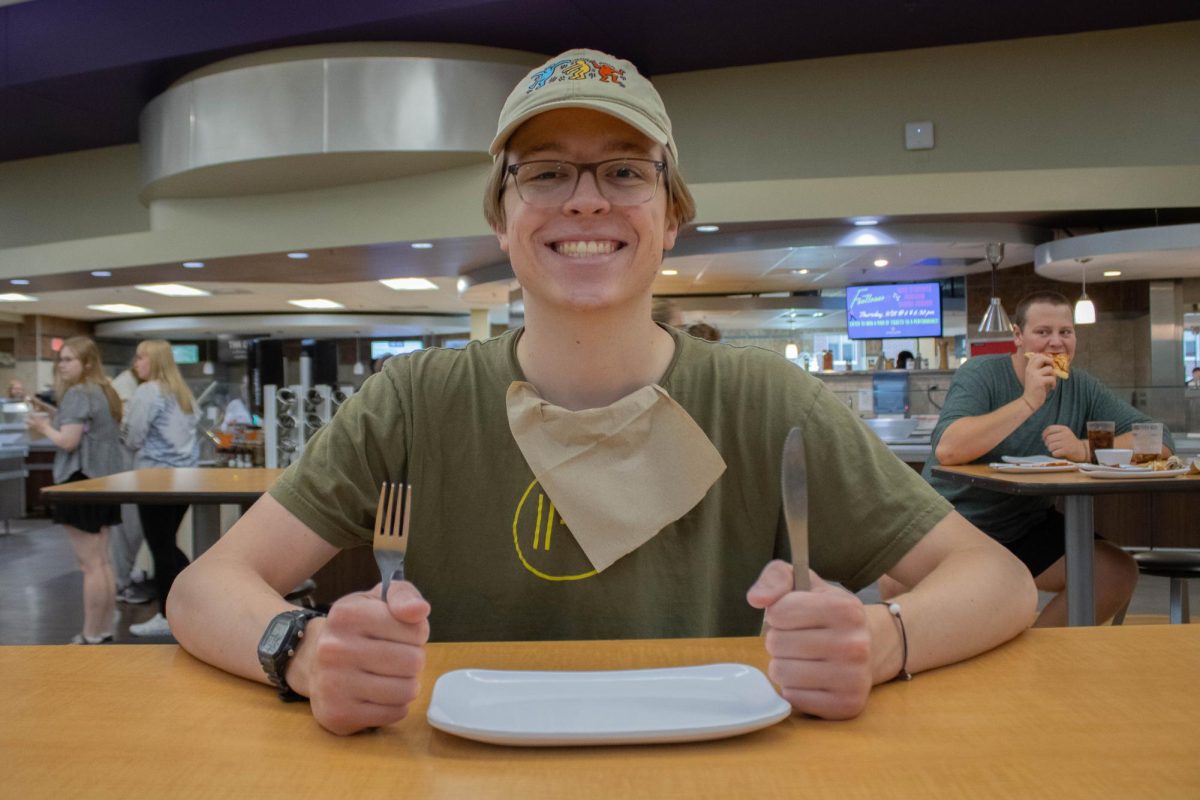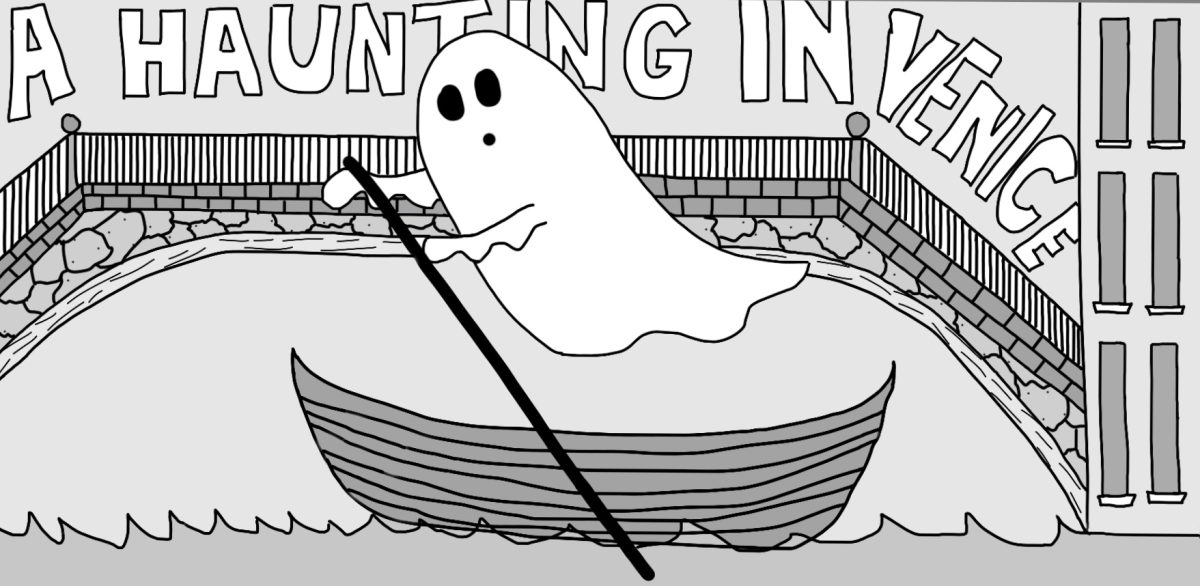Kim Schneider
When it comes to coffee, I pride myself on my self-control. One cup per day—otherwise I run the risk of over caffeinating my body so that it feels like I’m floating on a rocket ship.
Only drinking one cup per day makes having a Keurig very convenient. Although anything convenient is a huge draw for any college student, using k-cups with your Keurig machine is a huge detriment to the environment. So much so that the creator of the k-cup, John Sylvan, regrets ever having invented them, according to an interview he did with “The Atlantic.”
According to killthekcup.org the amount of k-cups discarded by Keurig users could be used to wrap the earth 10.5 times. The earth’s circumference is 24,901 miles. A k-cup is about one inch long. Can you even comprehend how many k-cups that sit in landfills already?
I’ll be the first to admit that I’ve not always made the most environmentally sound decisions. I used to use k-cups every morning, eat meat at every meal and unfortunately I still drive a gas guzzling Tahoe because it’s my parent’s car and I can’t afford to buy a Prius.
However, cutting k-cups out of your daily routine is a really easy way to curb your carbon footprint.
The alarming thing about the k-cup trend is that it’s now widely known that k-cups are a huge waste yet consumers continue to use them without regret. Not only are they taxing on the environment but also on your bank account, as a box of 24 count k-cups usually costs at least $15. A bag of ground coffee beans, which you can use with a reusable and washable k-cup, is about eight dollars and will last you a lot longer.
As educated college students, we need to take action to counteract climate change. As small of a step as this sounds, replacing the daily use of wasteful k-cups with a reusable k-cup for your Keurig is a really simple way to reduce your carbon footprint and reduce the amount of money you spend on groceries.
Although being smothered by student debt, exams and papers may make it feel like we have no control over our environment, the reality is what we do now will determine the future of our earth. It’s a simple switch that everyone should make today.








































